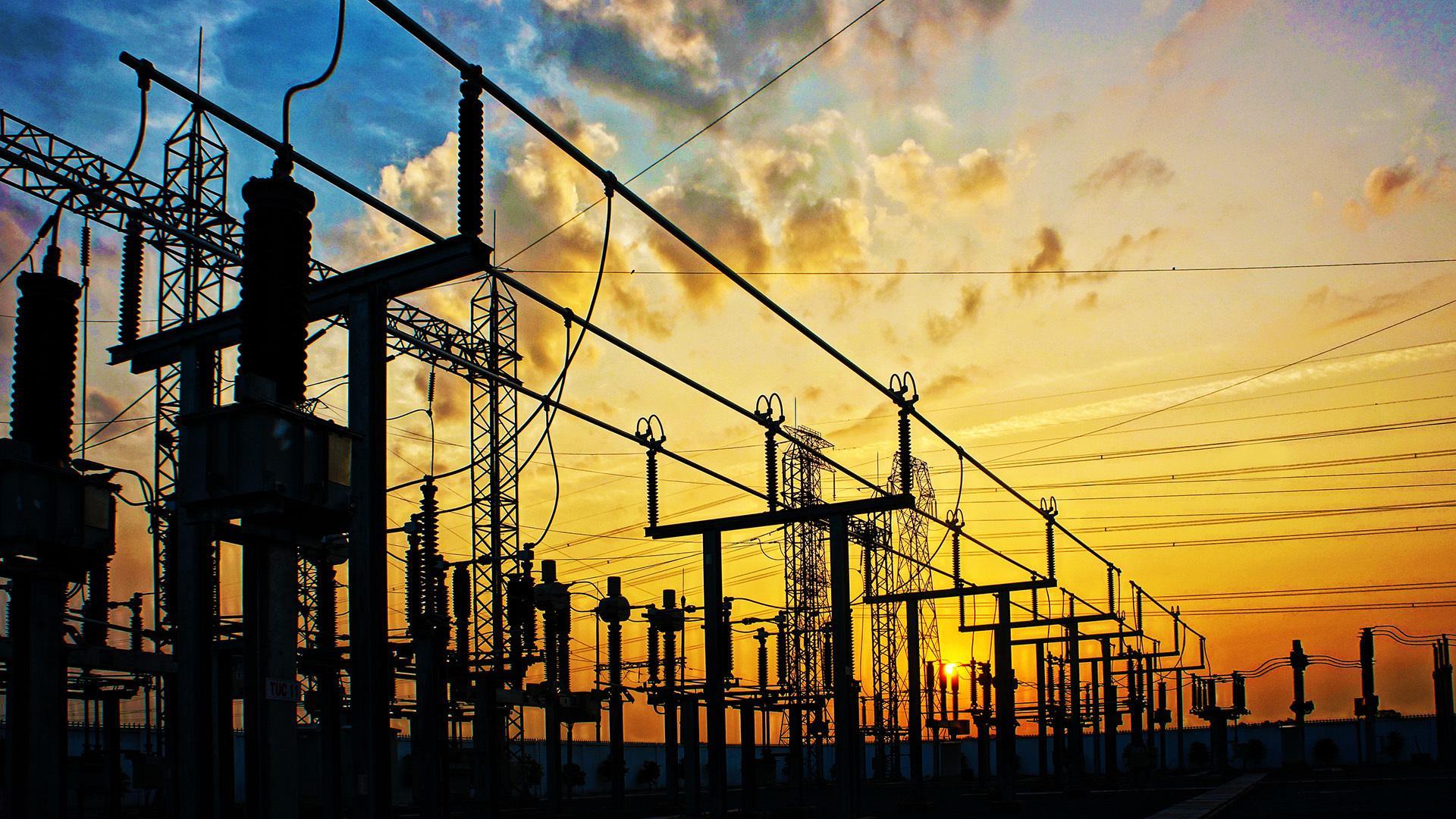“Front” or “Victory”? Analysts have developed scenarios for the restoration of the Ukrainian energy sector
10 February 14:13
Due to constant shelling and destruction of critical infrastructure, Ukraine faces an urgent need to restore and modernize its energy system. Instrat analysts have presented a detailed assessment of the country’s energy needs until 2030, outlining the required amount of new capacity, investment, and development scenarios. They published the results of their research in the report “Ukraine Against Darkness. Pathways to a Sustainable and Decentralized Energy System in Ukraine by 2030”, "Komersant Ukrainian" reports.
According to the researchers, Ukraine needs to build at least 5.4 GW of new generating capacity by 2026 and up to 12.8 GW by 2030 to ensure stable electricity supply and energy security.
Scenarios for the development of the power system
The researchers considered two possible scenarios:
- “Frontline ” – assumes a protracted military conflict that limits investment and infrastructure development. According to this scenario, gross electricity demand in Ukraine by 2030 will be only 121 TWh, which is 20% less than the pre-war level.
- “Victory ” – based on the return of all temporarily occupied territories to Ukraine’s control. This will help restore the economy and stimulate growth in electricity consumption to 150 TWh per year.
Each of the paths has two development scenarios:
- “Restoration ” (focus on repairing damaged power plants).
- “Decentralization (abandonment of coal-fired power plants in favor of renewable energy and flexible maneuverable capacities).
Analysts consider the “Recovery” scenario to be the baseline.
Читайте нас у Telegram: головні новини коротко
Research results
According to Instrat’s calculations, Ukraine needs an additional 5.4 GW of new capacity in the next two years:
- 3.5 GW of solar power plants,
- 0.7 GW – wind power plants,
- 1.1 GW – gas maneuvering capacities,
- 0.6 GW – expansion of interstate flows.
By 2030, according to the “Peremoha” scenario, an additional 12.8 GW of capacity needs to be built, including 7.5 GW of “off-meter” solar generation. At the same time, analysts warn that large-scale plans to build new nuclear units could divert investment from renewable energy and increase the risk of electricity shortages.
Analysts’ recommendations
To ensure the stable development of Ukraine’s energy system, the researchers suggest
- Increase the share of renewable energy sources – stimulate the development of solar and wind generation through auctions and support mechanisms.
- Expand balancing capacities – develop flexible gas power plants and energy storage to stabilize the system.
- Encourage decentralized generation – support the development of off-meter solar generation, which will allow households and businesses to produce their own electricity.
- Optimize market regulation – introduce mechanisms to reduce risks for investors in renewable energy.
The key is sustainability
Ukraine has a critical need to restore and modernize its energy system to ensure resilience to military threats and meet growing demand. Analysts believe that the most effective way to do this is to develop decentralized renewable energy and balancing capacities.
At the same time, it is important to avoid an overemphasis on nuclear generation, which could slow down the transition to a sustainable energy model.
Investments of €12.5 billion by 2030 could be the key to Ukraine’s energy independence and security.
The situation in the Ukrainian energy sector
In 2024, Russia carried out regular massive attacks on the Ukrainian energy sector. For example, on March 22, 2024, Russia carried out one of the most massive attacks in the entire period of the full-scale war. In particular, Dniproges and other Ukrainian energy facilities were hit. Since then, Russia has been regularly shelling Ukrainian energy infrastructure.
The Russians destroyed the Trypillia and Zmiiv thermal power plants, causing Centrenergo to lose 100% of its generation. Also, 5 of DTEK’s 6 thermal power plants were heavily damaged.
After that, power outages began again in Ukraine, and the government raised the electricity tariff by 60% at once.
In this situation, the Cabinet of Ministers decided to build two new units at the Khmelnytsky N PP and has already received the approval of the relevant parliamentary committee. The Razumkov Center has criticized these plans, but some experts believe that only traitors or scoundrels are against the construction of nuclear power plants today.
Russia launched another massive attack on the Ukrainian energy sector on August 26. This time, they hit distribution and power generation systems, and the Kyiv hydroelectric power plant was also attacked.
Russia carried out the most massive shelling of Ukraine on November 17, 2024, firing 127 cruise, ballistic, and supersonic missiles and 109 attack drones. DTEK reported serious damage to its thermal power plants.
After that, some experts predicted that blackouts could last until spring. And the Center for Countering Disinformation of the National Security and Defense Council of Ukraine voiced the worst-case scenario, which envisages blackouts of up to 20 hours a day.
However, as of early February, these predictions turned out to be wrong. Ukraine quickly coped with the consequences of the November shelling and went through most of the winter without massive power outages.
Читайте нас у Telegram: головні новини коротко









